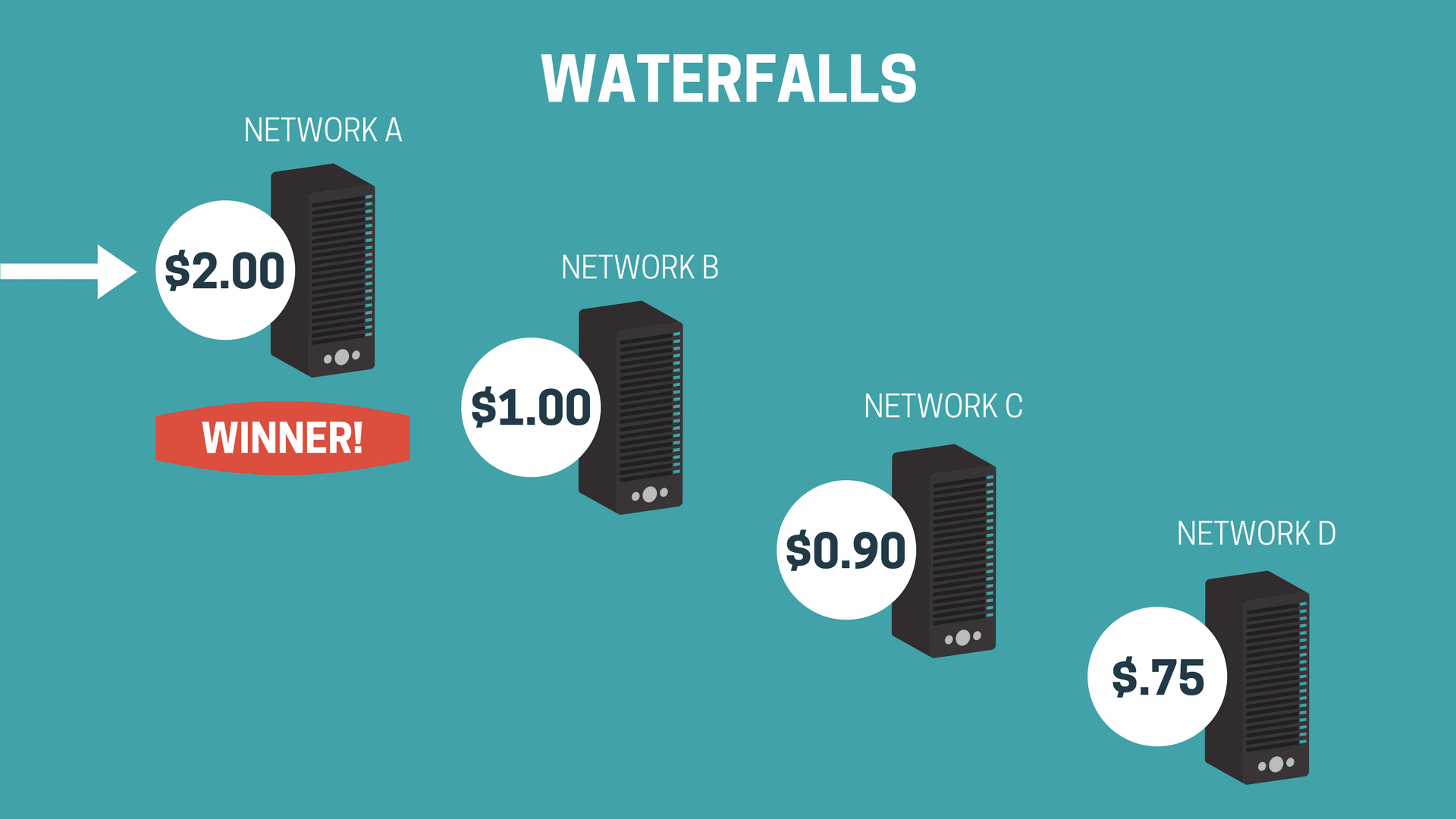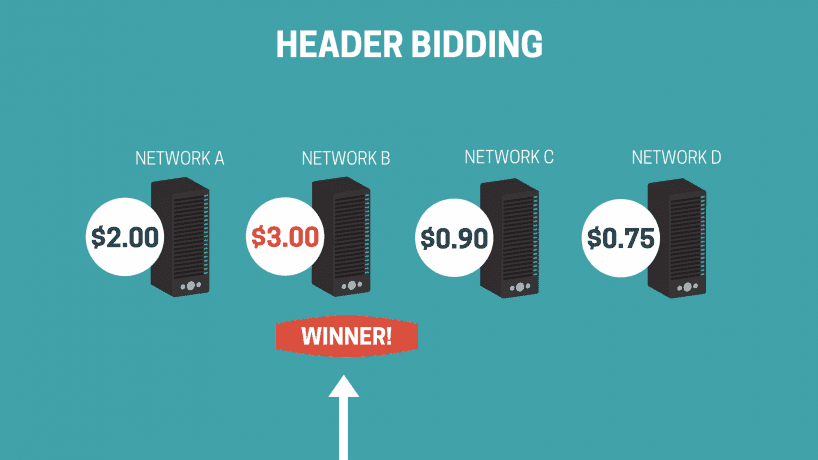Digital Advertising: A Short History, Y2K Edition


In part one of this series on the history of digital advertising, we threw it way back to the ‘90s, when tablets and smartphones weren’t even a thing, and the mysterious sounds of dial up connections began to fill houses around the globe.
Thank goodness Y2K did not take down the Internet and life as we know it, as many experts ominously predicted at the end of the 20th Century.
Quite the opposite, in fact. What the digital advertising industry accomplished in the 1990s paved the way for innovation in the new millennium.

This new thing called “Broadband Internet” definitely helped.
Emerging in the late ‘90s, this high-speed, non-dial-up web access went mainstream in the early 2000s, and with that came exciting new ways to pirate music … er, we mean share information and download media at never-before-seen speeds.
Not surprisingly, the entire world of digital advertising was transformed along with the Internet, most significantly the nature of advertiser-to-publisher relationships.
In order for advertisers to reach an online audience reading thousands of new sites per day, a middle man of sorts was needed, and the “ad network” was born.
Ad networks allowed publishers to increase advertising demand and revenue, in turn allowing brands to scale advertising buys across the new landscape of sites quickly and easily.
Eliminating the need for advertisers to contact each publisher directly in order to finalize a transaction was game-changing. There were still limitations, however.
When one door closes, another opens, but new problems may await. Publishers and their newfound abundance of advertisers vying for inventory experienced this.
With increased demand from ad networks came the need to make multiple buyers compete against one another, while at the same time making maximizing revenue.
At the time, the only way to do this was through what the industry called “waterfalls,” and publishers promptly ignored TLC’s advice and began chasing them in droves.
Using the waterfall technique, a publisher could set a price with each ad network, giving certain ad networks priority over others. When a request was made to the ad server, the impression would always be offered first to the ad network atop the waterfall.
Ad networks quickly analyzed the impression based on cookies, geolocation, and other data. If they chose to pass at the preset price point, the next network in line could buy it, and so on down to the bottom of the waterfall where prices were incredibly low.

This technique allowed for competition, but with major limitations.
The process of deciding which ad networks would be at the top, middle, and bottom of the waterfall, and at what price, was challenging and labor intensive. Before long, entire departments were dedicated to optimizing this structure.
Ad operations teams’ entire roles were dedicated to determine the placements and pricing of these networks, based on data points like bid rate, bid CPM, and closing CPM.
Additionally, waterfalls did not allow for fair competition. Once it claimed the top spot, Network A always had the first opportunity to grab any impression, even if another ad network further down the line may have been willing to pay more.
This left loads of money on the table, and the industry scrambling for better solutions.
Real Time Bidding (RTB), a new way of buying and selling ads that revolutionized the industry and pushed RPMs to never-before-seen heights, began to gain traction in 2009.
With Real Time Bidding, a bid request is sent out to each demand source simultaneously, with information related to the available impression such as IP address, browser, geolocation, and any cookies that the user may have on their machine.
Based on these parameters, buyers were able to set the value of a particular impression and calculate the amount they are willing to bid based on complex algorithms.
The highest bid in the RTB process wins that impression, and the advertisers’ ad unit is therefore displayed on the page. This all happens in milliseconds.

RTB solved all the problems of the waterfall, ensuring that each user is valued properly by the advertiser, driving up earnings and driving down unfair competition.
If there’s one thing I’ve learned in ad ops, is that while we always look to the future, it’s impossible to say exactly how the next wave of changes will play out.
Take products like Accelerated Mobile Pages (AMP) developed by companies like Google, or regulations like the General Data Protection Regulation (GDPR) put in place by the EU.
New developments (and acronyms) few people had heard of just a few months prior can become all that the industry is talking about in the blink of an eye.
In order to be successful in digital advertising, you must be agile and willing to develop ad technology to adapt to the inevitable changes, and fast.
Since the beginning, the goal of Mediavine has been to position itself as a leader in the digital space, not just at present but long into the future.
Whether it’s our elite membership in the Google Certified Publisher Partner program, or our participation in the Coalition for Better Ads, Mediavine is not only positioned for the newest chapter of digital advertising history, we are helping to write that history.
Stay up to date with the latest from Mediavine
Welcome to the much-anticipated release of the fifth-annual edition of “The Best eCPM Days of the Year” calendar. Each year, we analyze historical trends to provide publishers with a graphical …
“Let’s talk about politics.” We know. This is a phrase absolutely no one wants to hear uttered around the dinner table or backyard barbecue these days. But hear us out. …
Ah, July. It’s a glorious month of sand-filled swimsuits, mosquito invasions, broken air conditioners and applying sunscreen only to look like cooked lobsters. It’s also the start of a new …